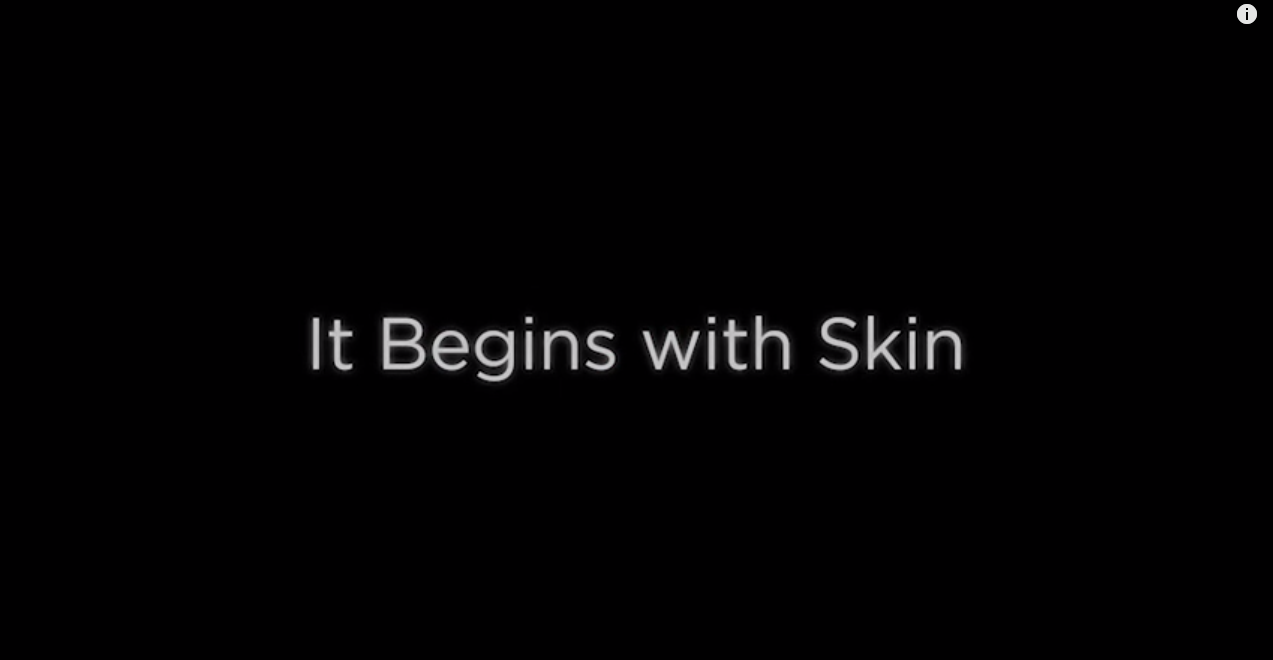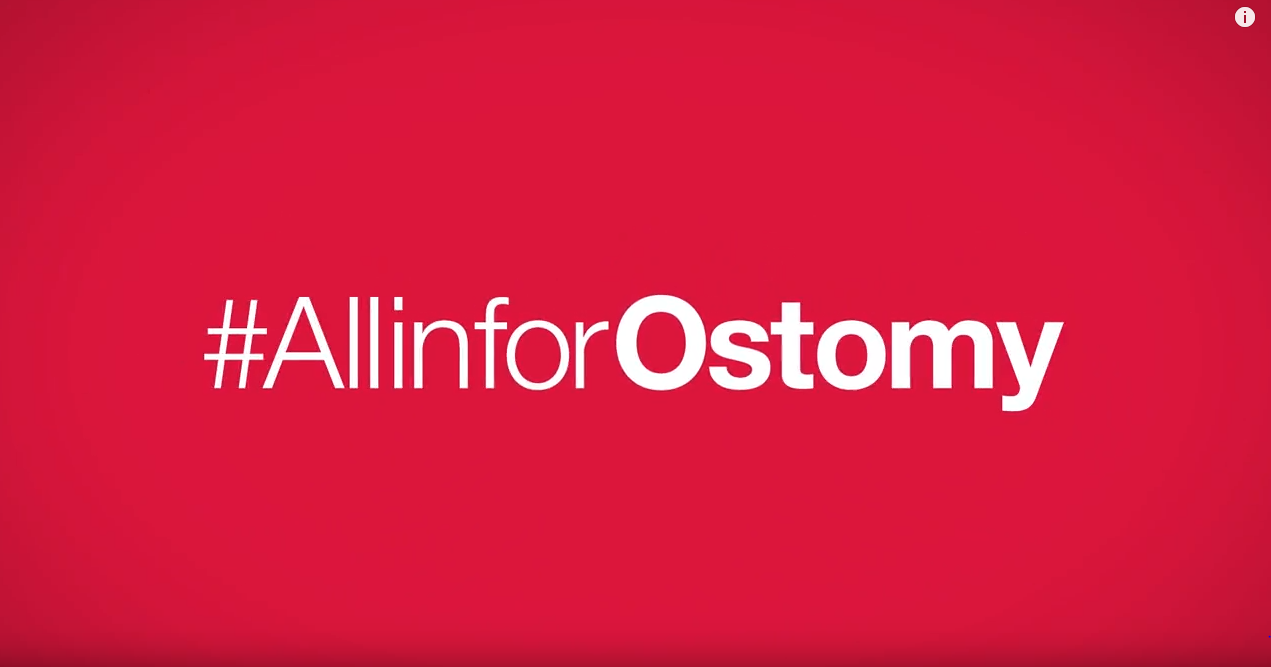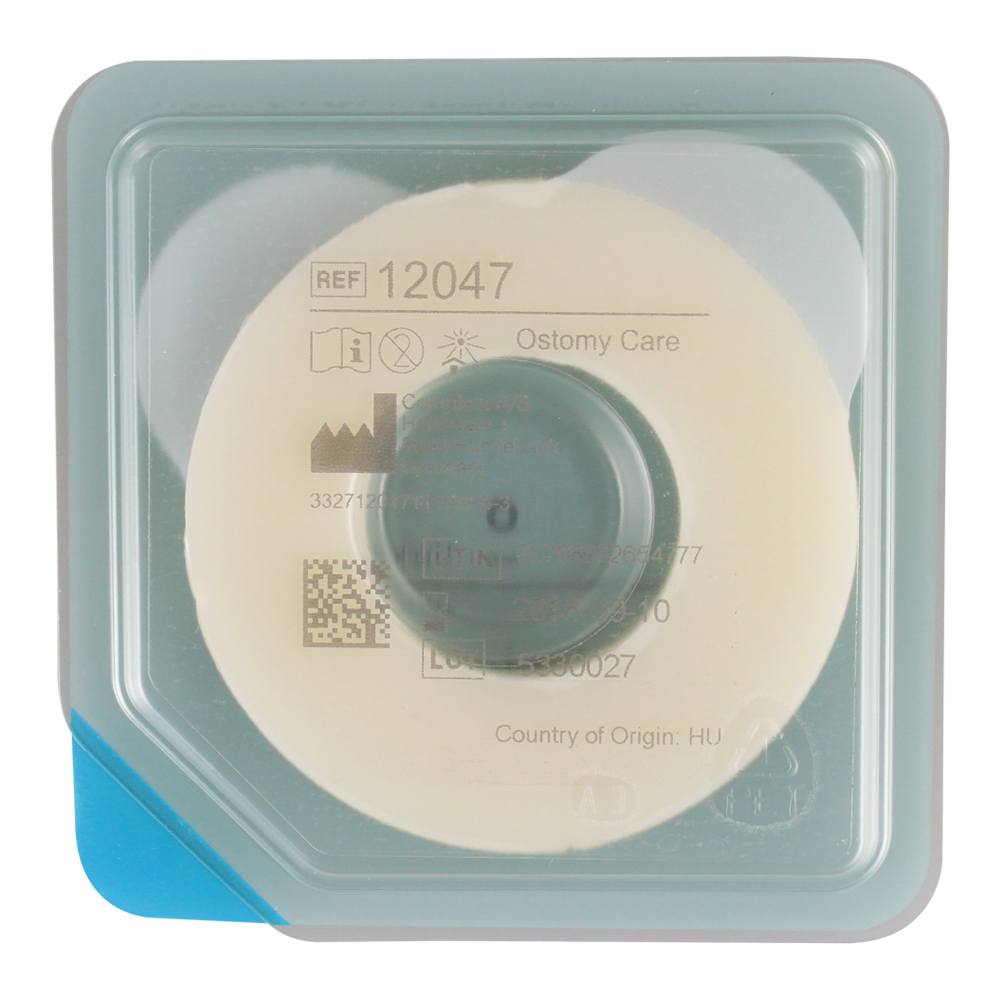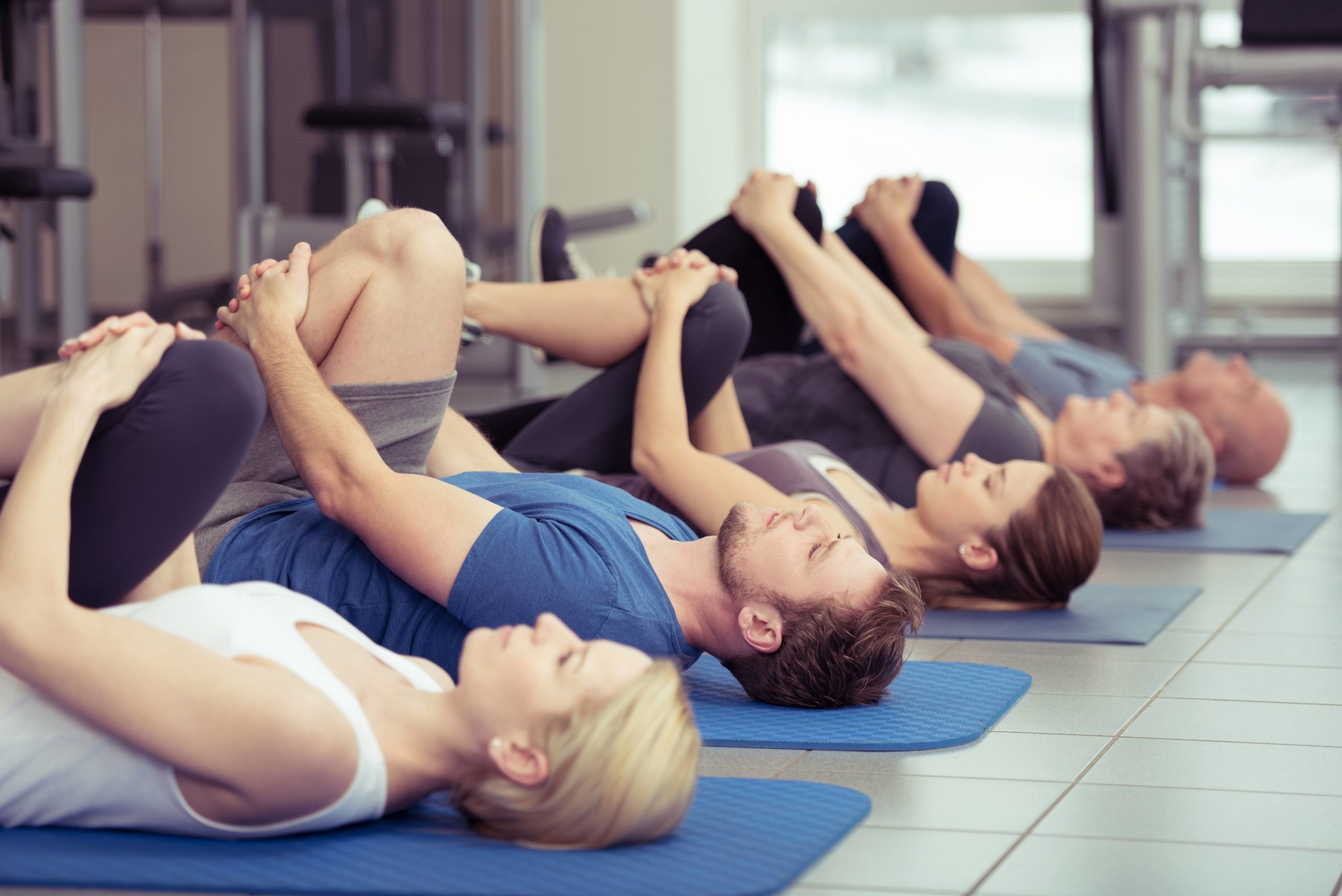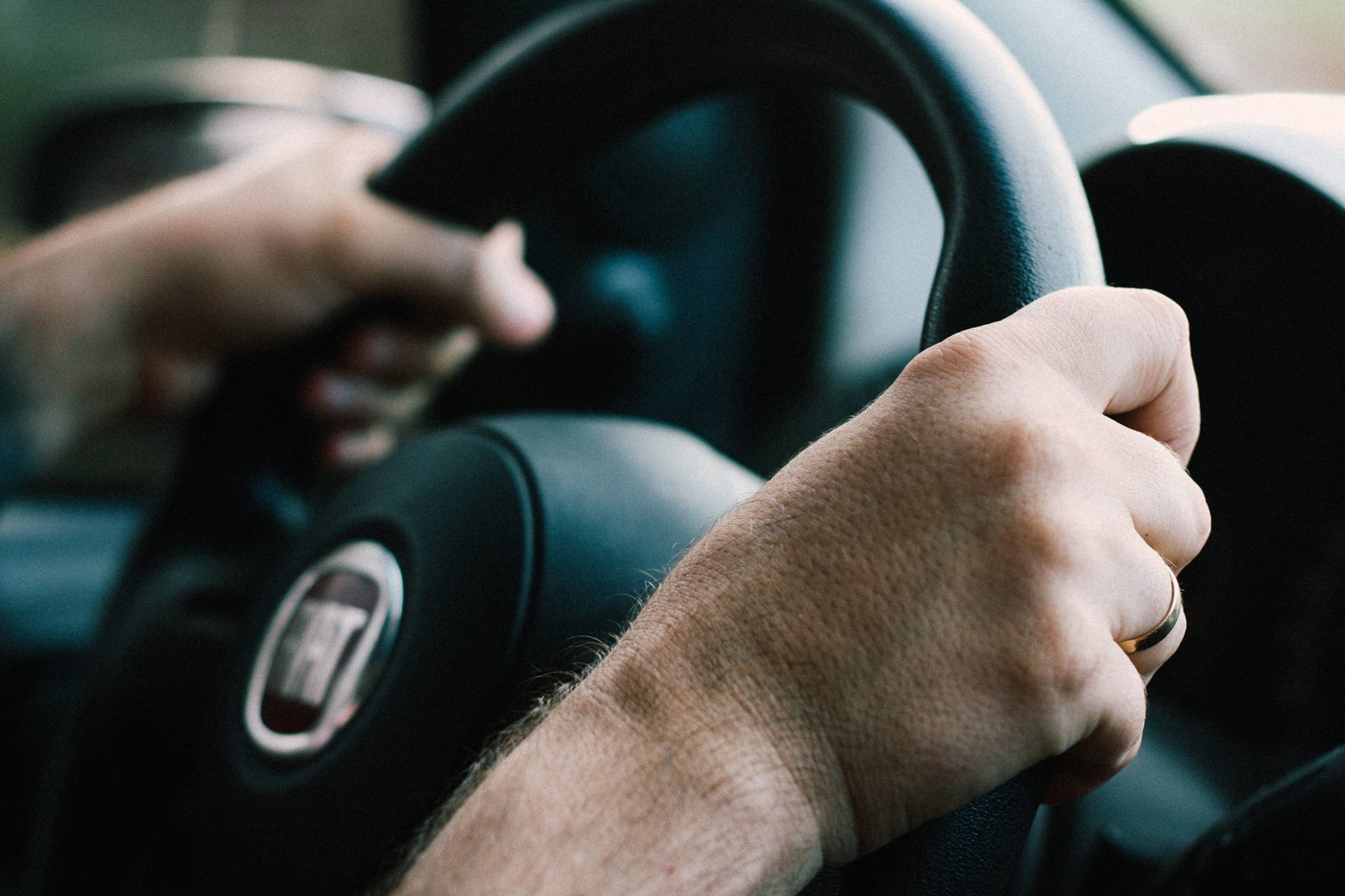
Whether Shopping on Mobile or Desktop – We’ve Got You Covered
Here at Medical Monks, we always have our minds set on how to make your experience better. If you’re here reading this, chances are you’ve at least looked around the site a bit and have some sense of what makes us unique: Our prices are industry-wide bottom-barrel. Our navigation, including search and filter functionality, is top-notch and constantly getting better. Pages load quickly with little fuss. The site design is clean, welcoming and informative without being overwhelming. All that stuff is apparent in a few quick glances.
But what may not be obvious is the work we put in behind the scenes to make sure all our customers are satisfied with every aspect of dealing with Medical Monks. While it’s true that our staff have many years of combined customer service experience in the medical industry and elsewhere, it’s also true that those qualifications by themselves don’t mean much without the overriding mission and attitude that unites our associates. The long and short of it is compassion – for both sick and healthy, for our customers and anyone in need. Our representatives were hired for this quality, rather than, say, the ability to upsell someone into something they don’t need.
Lots of companies say they’re customer focused, but too often the lie is put to that claim when they come into contact with the public. Some of these companies have become so large that any individual’s satisfaction means relatively little to them, statistically. If they permanently lose a customer due to inflated pricing or employee indifference, it means nothing to their bottom line. Not so with us. We are, in fact, smaller than the big boys in the industry. And while that does give us a monetary motivation to keep our customers happy, it’s also about much more than that.  Foremost in our associate’s minds is the knowledge that each person on the other end of the line is a human being with thoughts and feelings and worries and personal history. We know that health problems can be frustrating and they can make you scared, whether you’re the patient or a loved one. Given this, we don’t think you should need to be stressed about obtaining necessary supplies. We’ll worry about that for you – you worry about getting better. Less time worrying about buying medical supplies . . . means more time snuggling your dog ; )
Foremost in our associate’s minds is the knowledge that each person on the other end of the line is a human being with thoughts and feelings and worries and personal history. We know that health problems can be frustrating and they can make you scared, whether you’re the patient or a loved one. Given this, we don’t think you should need to be stressed about obtaining necessary supplies. We’ll worry about that for you – you worry about getting better. Less time worrying about buying medical supplies . . . means more time snuggling your dog ; )
To that end, we’ve been working to make it as easy as possible to deal with us in any way whatsoever. First, we’re available anytime during extended business hours (M-F 9-8 Eastern) over the phone, where we’re ready to help you with nearly anything. We also have an email address – customercare@medicalmonks.com – which is monitored daily for communications regarding any and all Medical Monks issues. We also use it to follow up with folks who may have had problems with their orders. You can also use any of the above communication methods to process returns. In the rare cases where it’s needed, we do our best to administer our return policy in a fair and transparent manner. We’ll always communicate personally about any product return issues.
That said, part of the allure of an online store is the simplicity and automation. For example, finding products is a breeze. Our in-site search function is quick and intuitive – even for those who are less technologically inclined. And if there’s a problem nonetheless, we’re available during business hours and more for communication over LiveChat – an easy-to-use application integrated into the site that allows you to connect personally with a representative in a chat window. There, representatives can help you with anything from checkout troubles to product troubleshooting.
Speaking of checkout, it’s also quite easy. Our new and improved auto-complete functionality pairs with Google Maps to allow for quick input of shipping information. You can also have that information stored for future orders (among other perks, like free shipping) by creating an account on our memberships page. Keep in mind, though, that we are committed to security and never store credit card information at any time.
All in all, it’s just a few simple steps and your package is on its way. Make sure to include your email address to receive a confirmation and a tracking number.
Believe it or not, doing good, rather than making a dollar, was the ultimate impetus for the creation of this company. And no matter how hectic things are, or how many phone lines are ringing, or how deep in orders the warehouse gets – we don’t forget there’s a person on the other end of whatever momentary struggle we’re in. That’s just a long-winded way of saying we care, and are committed to your health and the health of those you love. That’s why we’re different.
Adam Page

About the Author
Adam Page is a Continuing Care Specialist for Medical Monks, Inc. Medical Monks is medical supply retailer serving consumers and businesses across the United States since 2016. Reach out to our Care Specialist team at customercare@medicalmonks.com. With a combined 125+ years of experience in the medical supply industry, our specialists can answer any question in the categories of ostomy, wound care, urology and skin care.

